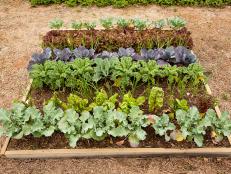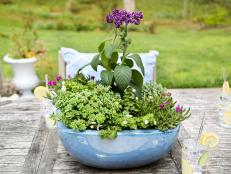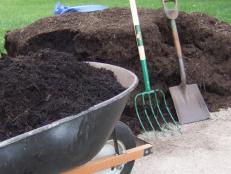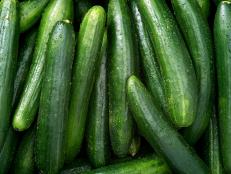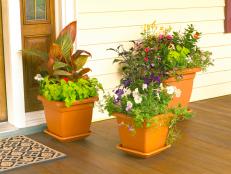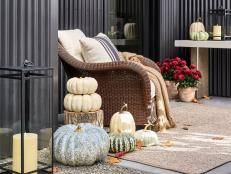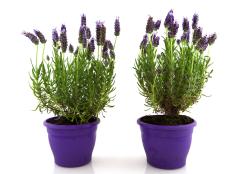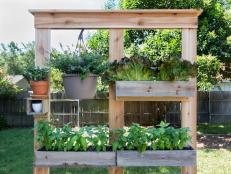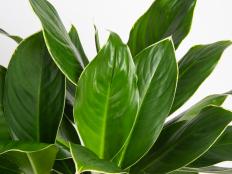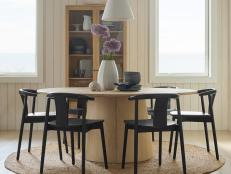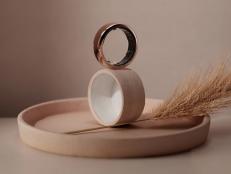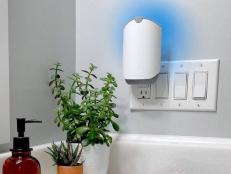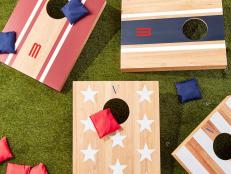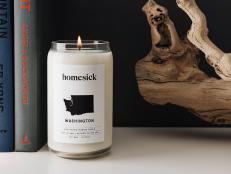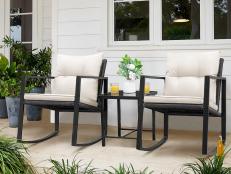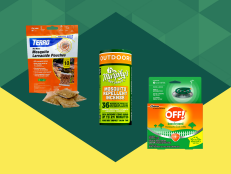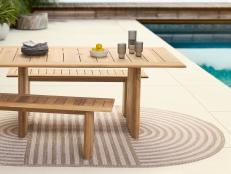Cool-Season Annuals for Containers

When hot weather finally fades and cooler weather arrives, the most important change takes place on the patio. Replace faded summer annuals in your pots with those more suitable for fall:
Topping the list are mums, the quintessential plants for fall color. Mums are hardy to around 27 degrees F, virtually immune to pest and disease problems, extremely carefree and available in lots of colors.

To get the most out of your mums, buy plants with lots of tight, unopened flower buds, rather than those already in flower, especially if you're planting several weeks before the first hard freeze.
If, on the other hand, you're simply looking for a quick blast of color late in the season, it's fine to buy those already in flower, but don't expect the blooms to last more than a couple of weeks. Either way, take the time to deadhead spent flowers. That will direct energy into the formation of new flowers.
While mums grow well in pots, make sure you properly size the pot to the plant because they can dry out quickly. If they do, they don't rebound well, if at all. For example, transplant a one-gallon, container-grown mum into a 14-inch diameter pot. A container of this size gives the plant plenty of room to grow, and it reduces the likelihood of the potting mix drying out too fast. A layer of mulch helps in retaining moisture too, and the contrasting colors of mulch and mum punch up the look of the pot.
Alternatively, if you have mums growing in the ground rather than in pots, and you pinched them back every now and then from early spring to mid-summer, you should have plenty of nice, tight flower buds by now. You can transfer potted mums from their pots to a permanent spot in the ground, but it's best to do this roughly four to six weeks before the first hard freeze.

The next replacement plant is aster, another popular cool-season plant. Asters look great in pots, grow in a manner very similar to mums and are equally hardy and carefree. However, they prefer to grow on the dry side, so they don't need as much water. Asters also do well in the ground, and most species are hardy to at least USDA Zone 4.
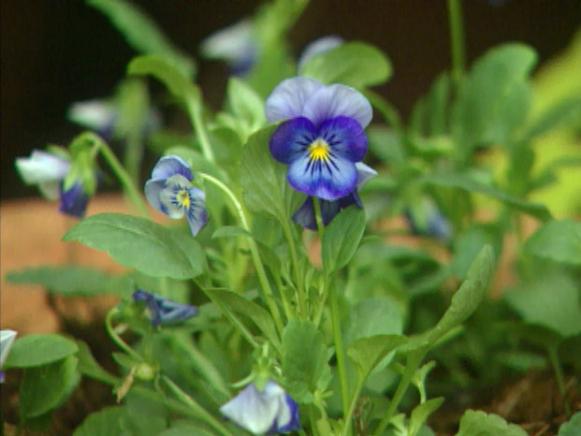
Pansies are a favorite among gardeners because they're one of the best plants for seasonal color up through USDA Zone 3. Speaking of color, the variety of choices are staggering. A few pansies in a pot can quickly liven up the patio, and they look great planted en masse directly in the ground.

Ornamental kale is a member of the cabbage family that handles sub-freezing temperatures with ease. It also comes in a wide range of forms and colors.
Mums, asters, pansies and kale are the most obvious choices for late season color and interest in container gardens or in the ground. But here are a few that you might not have considered:

Purple fountain grass (Pennisetum setaceum 'Rubrum') has highly ornamental foliage and plumes, and its color is very fall-like. It isn't hardy below freezing, but you can still enjoy it for weeks late in the season.

Marigolds are another good choice, especially those with fall-like flower colors. They won't make it past the first freeze, but they offer quite a bit of color in the meantime. Interestingly, they're divided into two groups: French marigolds and African marigolds. However, all marigolds are actually native to Mexico.
Additional options for the late-season garden are ornamental peppers. They offer interesting fruit and foliage colors. They won't survive a freeze either, but a few weeks of color is better than none at all.

Crotons are popular tropical plants that bear foliage in brilliant yellows, reds and oranges. After spending the warm months on the patio, they can be taken into the house, where they can be overwintered until next season.

Million bells (Calibrachoa) have the look of miniature petunias and also come in a variety of flower colors. They're only hardy to about 30 degrees, but they bloom like crazy until then.

While you're sprucing up patio pots, you might also want to take time to assess which tropical plants should be overwintered indoors. For example, dracaenas and tender bamboos should be taken inside. The same is true of palms, such as majesty palm, if they're small enough to fit in a well-lit corner of the house. Because they're not quite as tender as many people think, plumerias can go in the house or the garage.






